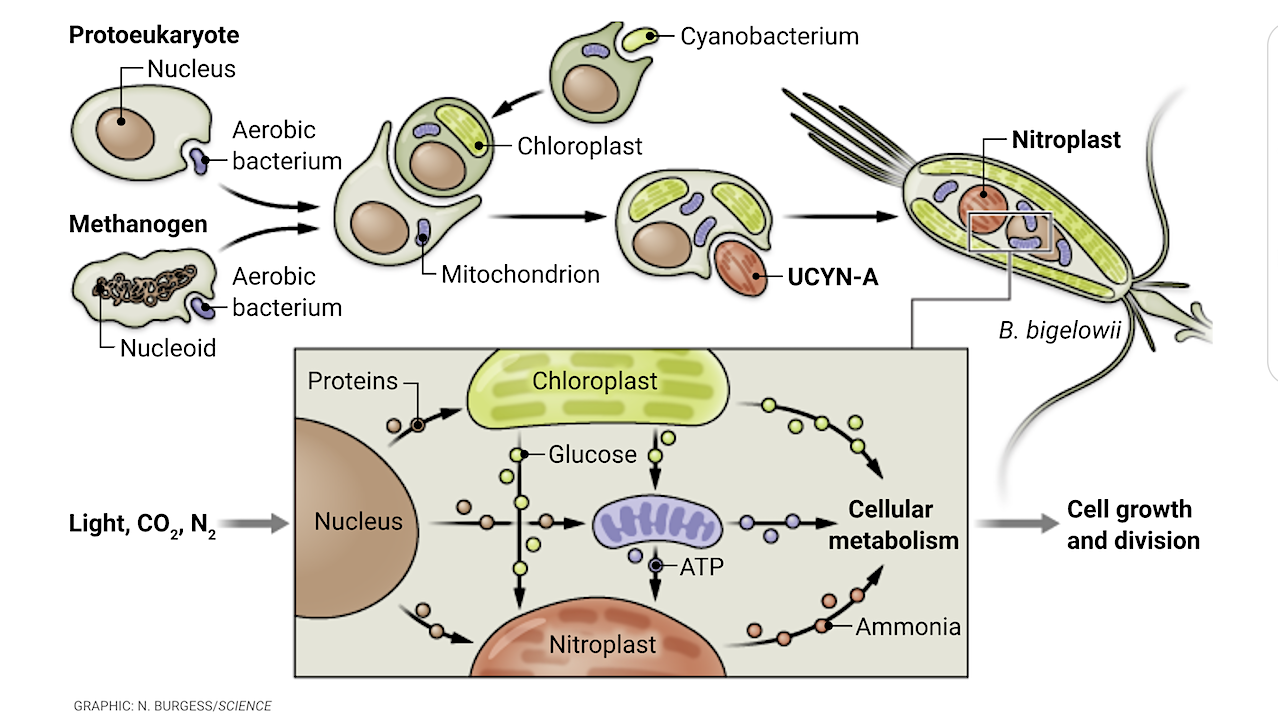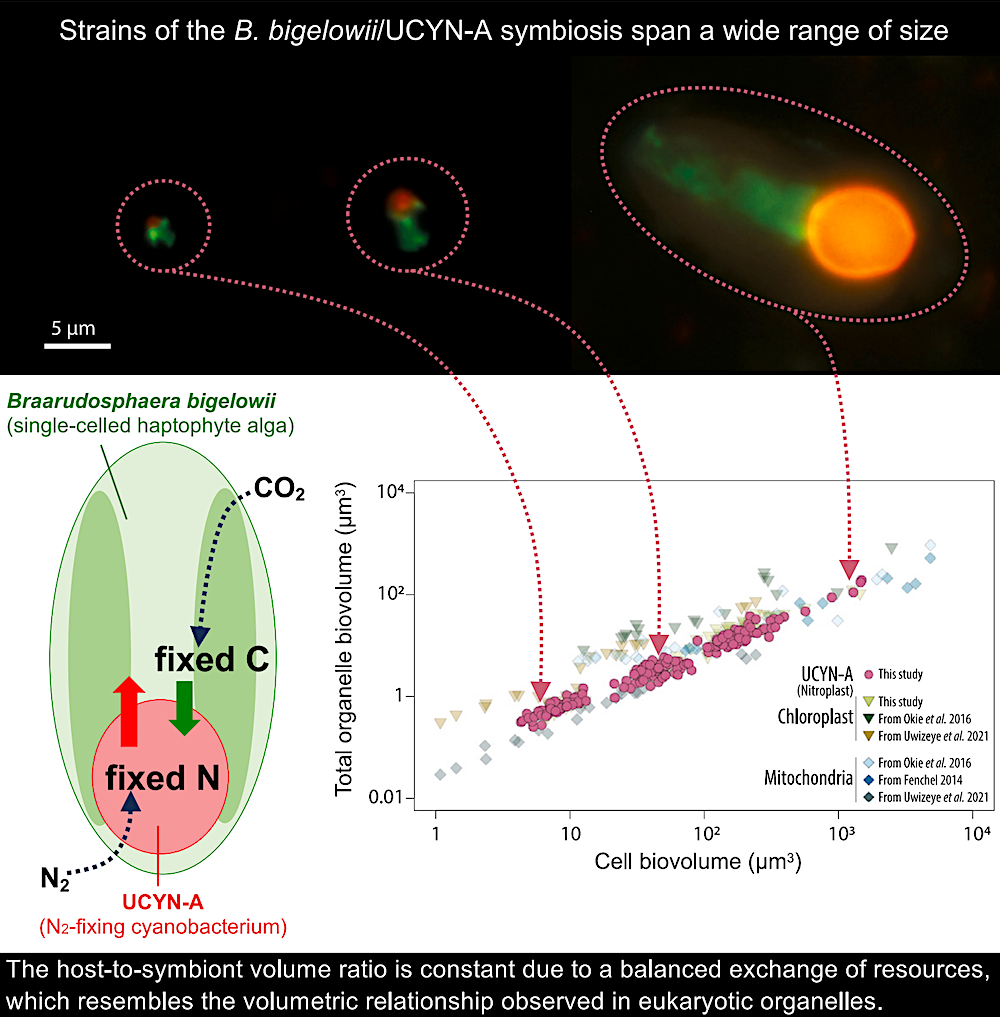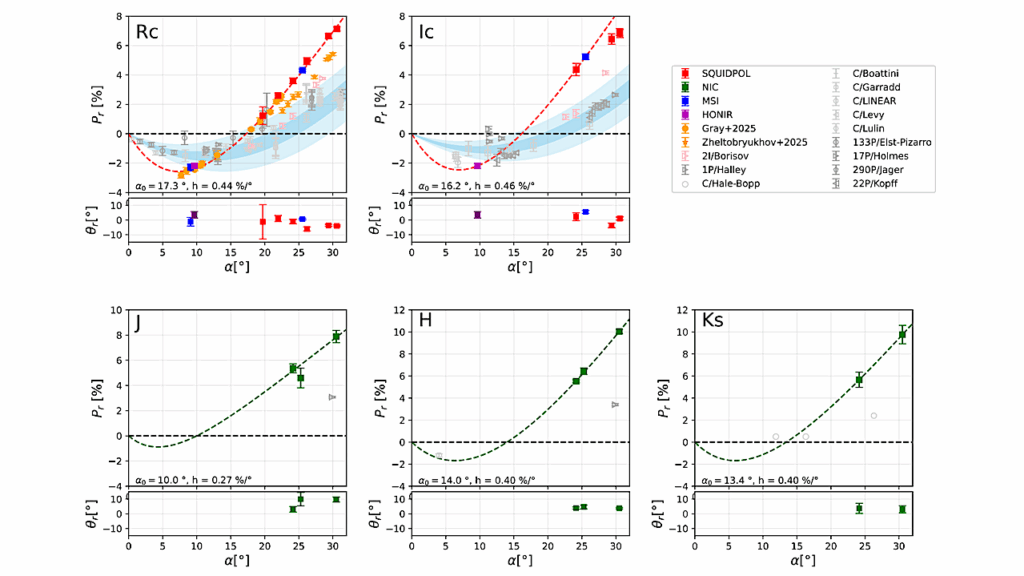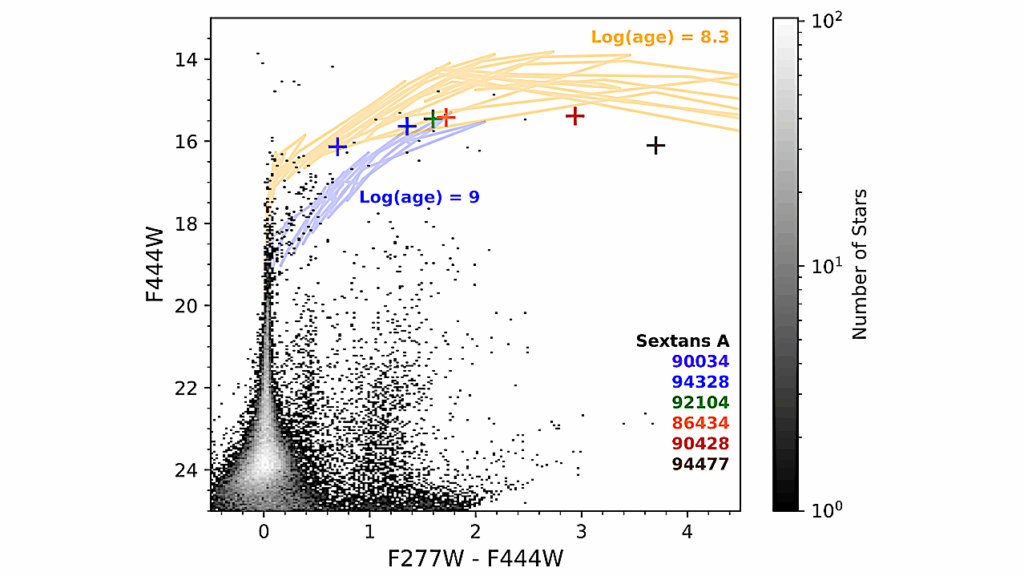The Nitroplast Revealed: A Nitrogen-fixing Organelle In A Marine Alga

A nitrogen-fixing bacterial endosymbiont of marine algae is evolving into a nitrogen-fixing organelle, or nitroplast, according to a new study, thereby expanding a function that was thought to be exclusively carried out by prokaryotic cells to eukaryotes.
Eukaryotic cells are remarkably complex and contain various organelles, which are specialized structures within a living cell that have specific biological functions. Two organelles, mitochondria and chloroplasts, play a key role in energy metabolism and photosynthesis, respectively, and likely evolved from the integration of endosymbiotic bacteria to the eukaryotic cell.

The robust volumetric relationship between partners of a marine planktonic nitrogen-fixing symbiosis reflects predictable, balanced, and quantitative interdependencies among CO2 fixation, respiration, and N2 fixation that maximize synchronized growth rate. — Cell
Biological nitrogen (N2) fixation, the conversion of atmospheric N2 gas to biologically available ammonia, is a key metabolic process that maintains the fertility of aquatic and terrestrial systems. N2 fixation in eukaryotes is only known to exist through diverse symbiotic partnerships with prokaryotic microbes capable of N2 fixation.
However, the nature of these symbiotic relationships is poorly understood, and, to date, a N2-fixing organelle in eukaryotic cells has yet to be described. Tyler Coale and colleagues investigated the interactions between Candidatus Atelocyanobacterium thalassa, or UCYN-A, a metabolically streamlined N2-fixing cyanobacterium. which is a known endosymbiont of the unicellular marine algae Braarudosphaera bigelowii.

Linear volumetric scaling in the B. bigelowii/UCYN-A symbiosis (A) Light microscopy image of the haptophyte B. bigelowii in symbiosis with UCYN-A (scale bar, 2 mm; image courtesy of Wing Kwan Esther Mak and Kyoko Hagino). (B) Upper panel: UCYN-A volume (sublineages UCYN-A1, -A2, and -A3; see inset) as a function of associated haptophyte cell volume; lower panel: chloroplast volume as a function of associated haptophyte cell volume; inset in lower panel: UCYN-A volume vs. chloroplast volume of associated host cells. (C) Composite of catalized reporter deposition fluorescence in situ hybridization (CARD-FISH) images showing the range of sizes of the different UCYN-A sublineages (left images: UCYN-A1 sublineage; middle images: UCYN-3 sublineage; right images: UCYN-A2 sublineage) and their symbiotic haptophyte partners. Images were taken under blue (green-labeled haptophytes with Alexa 488 stain) and green (red-labeled UCYN-A with Alexa 594 stain) excitation wavelengths (STAR Methods) (scale bar, 5 mm). See also Figure S1.

Through subcellular images taken with soft X-ray tomography to visualize the algae’s cell morphology and division, Coale et al. observed a coordinated cell cycle in which endosymbiotic UCYN-A divided and is split evenly between daughter B. bigelowii cells, which is similar to the way chloroplast and mitochondria organelles are transmitted during cell division.
Moreover, further proteomic and genomic analyses show that UCYN-A contains many proteins that are imported from the eukaryotic host cell’s nucleus, including those essential for cellular metabolism and control of the cell cycle. According to Coale et al., the findings suggest that UCYN-A has evolved beyond endosymbiosis and functions as an early evolutionary stage N2-fixing organelle.
“The nitroplast represents a textbook case of a eukaryotic organelle that complements the energy, carbon, and nitrogen needs of the algal host and is another example of how ecology is the theater where evolution takes place,” writes Ramon Massana in a related Perspective.
Nitrogen-fixing organelle in a marine alga, Science
Metabolic trade-offs constrain the cell size ratio in a nitrogen-fixing symbiosis, Cell (open access)
Astrobiology








